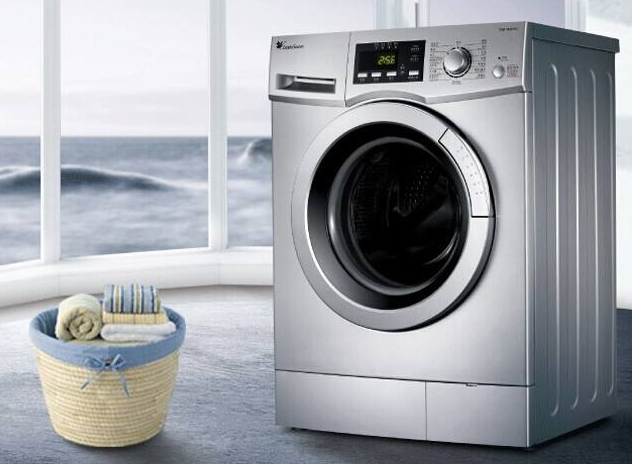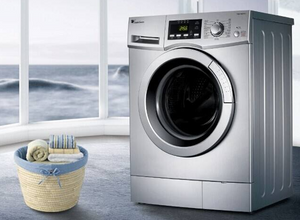
Inspection Guidelines for Washing Machines - Inspection and Factory Audit Services
The washing machine, as an indispensable household appliance in modern families, its quality directly affects the user's experience and safety. During the inspection, factory verification, and product certification processes, all inspections must be carried out systematically and rigorously. Here is a professional washing machine inspection guide, covering multiple key aspects such as appearance, structure, performance, and safety, to help you efficiently complete the quality inspection and certification.
1. Appearance Quality Inspection
After opening the package, the first step should be to conduct an appearance inspection:
The surface of the box should be smooth and clean, without scratches, peeling paint or rust.
The plastic components have no defects such as warping, burrs, or cracks.
There is no weld separation at the welding points, and the fasteners are not loose.
The front door glass viewing hole should be transparent without any bubbles and be securely installed.
For top-loading washing machines, it is necessary to check whether the gap between the rotor and the washing drum is uniform (a coin can be used as an aid for the inspection). The rotor should rotate smoothly without any noise.
II. Component and Operation Inspection
During the inspection process, special attention should be paid to checking the quality of each component:
The inner bucket surface is smooth and free of any flaws. The gap between the rotor and the bucket should be maintained at 1–1.5mm.
The manual rotation of the pulleys should be smooth without any abnormal sounds.
All the buttons, knobs and levers on the operation panel should be responsive, firmly installed, and free from any jamming or improper reset phenomena.
III. Electrical Performance Inspection
The power-on test is the core part of the factory inspection. It should include the following items:
Function operation test
Double-tank semi-automatic washing machine: The agitator should be capable of reversing direction, and the operation of the spin drum and the braking function should be normal.
Fully automatic/roller washing machine: It should be able to operate according to the preset program, with accurate control of the inlet and drainage valves, and the display screen should show correct indications.
The drum washing machine can be set to the high-speed spin-drying mode. Observe the amplitude of the inner drum and the noise level of the motor. The one with a smaller amplitude and lower noise is superior.
Inlet water, drainage and dehydration performance tests
When water is being introduced, touch the solenoid valve. If there is vibration, it indicates that the system is functioning properly.
The drainage should be completed within two minutes and then automatically proceed to the dehydration process.
Open the lid of the dehydration bucket. The bucket body should stop rotating within a few seconds.
Leakage and Sealing Test
After filling with water, check if there is any leakage at the bottom of the washing bucket and the dehydrating bucket.
Close the drainage switch. If water continues to flow from the drainage pipe, it indicates that the inner bucket is leaking.
Check the elasticity of the door sealing rubber strip to ensure there are no leakage risks.
IV. Safety and Functionality Certification
During the inspection process, the following safety and functionality certification items must be strictly followed:
Electrical safety: High-voltage testing, grounding resistance testing;
Function verification: Low-voltage startup (85% rated voltage), maximum load and overload protection tests;
Energy efficiency certification: ERP power measurement. For models with LED display, the power should not exceed 1W; for models without display, the power should not exceed 0.5W.
Additional features: For instance, the child lock, requires actual functional verification.
Attachment completeness: Count the random attachments according to the instructions and verify their usability.
Summary
As a common large-scale household appliance, the inspection process of washing machines needs to take into account multiple factors such as appearance, structure, performance and safety. Through systematic inspection and certification, quality risks can be effectively identified, ensuring that the products meet the design and safety standards. It is recommended to strictly follow these items for inspection during the factory inspection process and keep corresponding records, providing a reliable basis for product quality management.
分享这个商品

Inspection Guidelines for Washing Machines - Inspection and Factory Au
The washing machine, as an indispensable household appliance in modern families, its quality directly affects the user's experience and safety.
